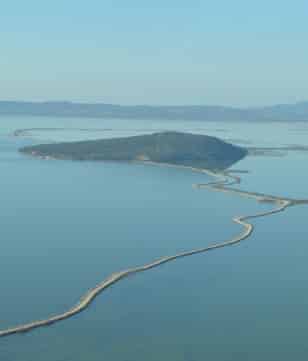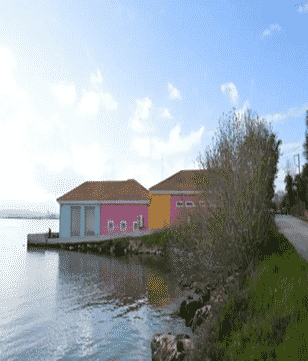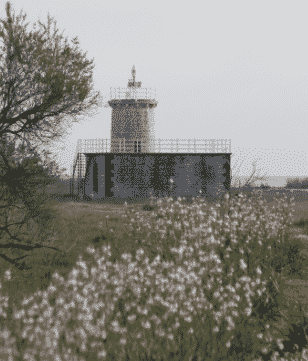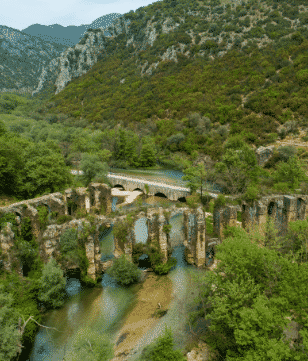Neolithic Settlement in Sesklo
The Neolithic settlement in Sesklo, one of the most important in Greece and Europe, is located near the present-day village of Sesklo, on the Kastraki hill and the surrounding area. It was inhabited from the beginning of the Neolithic period (during the Pre-Pottery Neolithic, in the middle of the 7th millennium BC) until the Early and Middle Bronze Age, but flourished most during the 5th millennium BC, in the Middle Neolithic period. The longevity of the Neolithic settlement is evidence of the successful choice of location by its early inhabitants: a spot with an abundance of water, close to high hills and flat farmland, not far from the sea.
In the Early Neolithic period (6th millennium BC), the settlement seems to have developed over a larger area. Its remains have been found on the Kastraki hill (Sesklo A), on the flat slope to the west (Sesklo B) and in the surrounding area. Houses with stone-built foundations and brick walls, structures made of molded clay and wood, simple tools made of stone or bone, clay figurines and clay vessels have been found.
In the Middle Neolithic period, the settlement had reached an area of 100 acres. The houses, about 500-800 in number, were dense on the hill, separated by streets and squares, while on the flat area they were more remote. All of them had stone foundations, brick walls, and gable roofs with chimneys. Handmade pots with improved firing techniques and finer colors, more stone tools and obsidian tools were found. The very interesting building of the settlement, which is commonly referred to as “Kerameas House”, belongs to this period, located on the top of the hill, next to the central huge building of the settlement, and in which many vessels were found preserved. The settlement was destroyed by fire towards the end of the 5th millennium BC and was deserted for more than 500 years.
The site was re-inhabited during the Late Neolithic period, only in Kastraki, where the palace (known as «megaron») was found, the building that occupied the central part of the new settlement and was surrounded by a system of circular stone enclosures, while the rest of the houses of the settlement, which were smaller and simpler in construction, were located around it.







Recent Comments